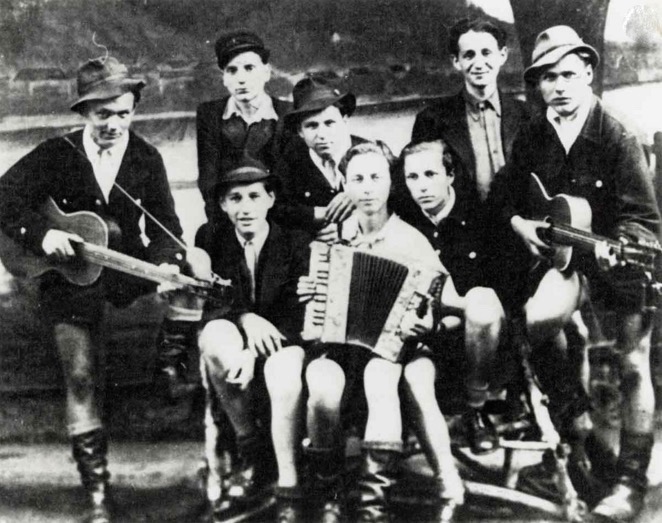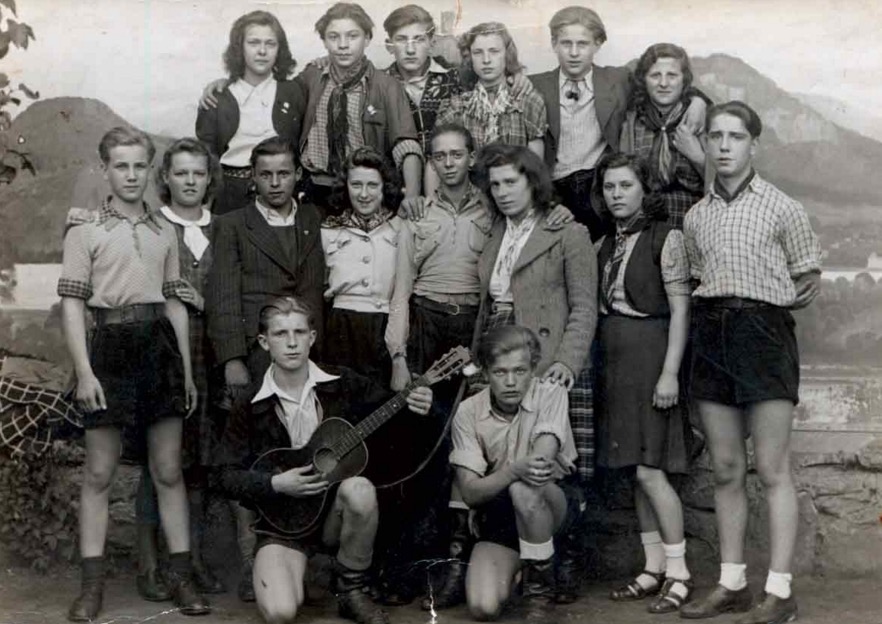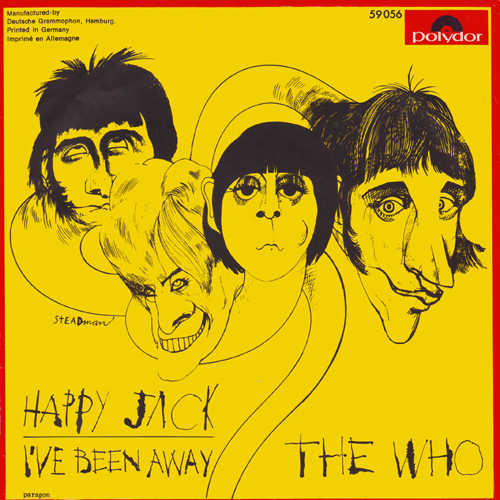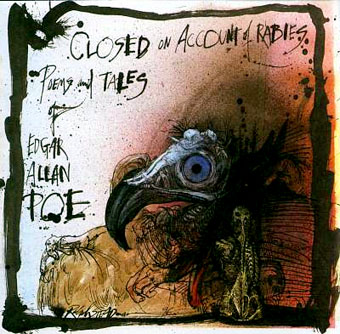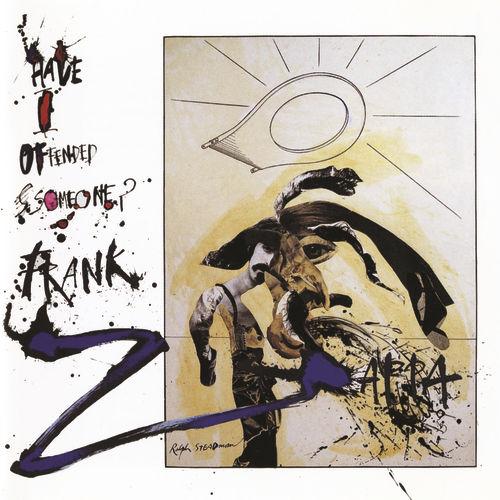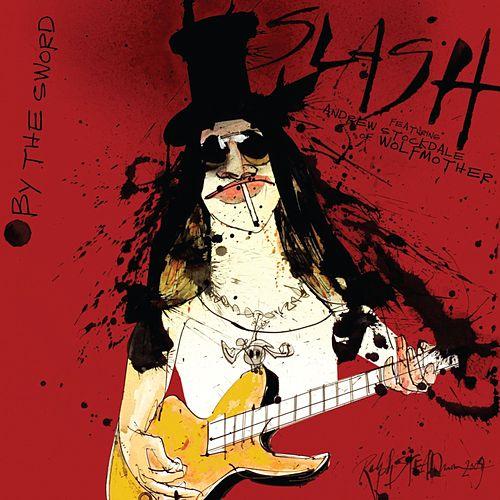It’s hard to imagine two figures more representative of two disparate directions experimental music took in the 20th century than John Cage and Sun Ra. Cage’s aleatory arrangements and instruments improvised from radios and TV sets left much to the discretion of the performer. And yet, oddly, he didn’t think much of improvisatory music, writing in his 1961 book Silence that he considered jazz “rather silly” and “unsuited,” notes Seth Colter Walls at Pitchfork, “for ‘serious’ contexts.”
Sun Ra, on the other hand, while a master improviser, left little to chance. He embraced the role of bandleader of his Arkestra with unique vigor, “completely obsessed with precision and discipline.” Cage preferred the plain-spoken, unspoken, and wordless. Ra delivered rococo treatises onstage, dressed in glittering capes and headdresses. How the two would, or could, come together may seem a mystery, but come together they did, for a one-time concert event at a Coney Island freak show.
The resulting album is “one of the most sought after records in either discography,” writes The Vinyl Factory in an announcement of the full performance’s recent release by label Modern Harmonic. Fans can finally purchase that double LP, or listen to the live recording for free below. (If you need Spotify’s software, download it here.) Though it may seem like a bit of a novelty, “the album gradually emerges as something greater than a footnote,” Walls writes, “despite the arms-length embrace, the overall concert has a surprisingly seamless quality.”
Cage’s contributions consist mainly of wordless vocalizations and poignant silences. Ra recites poetry and unleashes solo after solo on his Yamaha DX7 synthesizer, blending “sci-fi movie tones” with “sprightly figures” and “dense chords and drones.” The album’s trailer at the top of the post offers some rare black and white footage of the occasion, which briefly included a couple of additional artists–Arkestra saxophonist Marshall Allen and singer June Tyson. (Tyson’s intentionally strained performance “is beset by amplification problems,” Walls warns, “though the noise-damaged result works, in context.”
Throughout the one-off meeting, Ra and Cage trade solos, each respectfully yielding the stage to the other in turn. While this setup highlights the two giants’ profoundly different approaches to making–and conceiving of–music, Sun Ra’s “ability to meet Cage more than halfway… helps hold the entire gig together,” writes Walls. One of the few tracks on which the two collaborate directly, “Silent Duet,” is, well, exactly that. Since we cannot see the performance, we have to imagine the two of them, sitting side-by-side in silence, as the audience seems to all but hold its breath.
The odd thump of a foot against the mic stand aside, the recording documents almost total dead air. Then this gives way to Cage’s cryptic mumbling and Ra’s restrained keyboard taps in “Empty Words and Keyboard.” The effect is electric, the moment sacred, and the collaboration, though fleeting, reveals itself as genuinely inspired, not only for its careful play of contrasting avant-gardism’s against each other but for the extraordinary instances in which Afrofuturist free jazz and Fluxus minimalism find accord.
Related Content:
A Sun Ra Christmas: Hear His 1976 Radio Broadcast of Poetry and Music
The Music of Avant-Garde Composer John Cage Now Available in a Free Online Archive
The Curious Score for John Cage’s “Silent” Zen Composition 4’33”
Josh Jones is a writer and musician based in Durham, NC. Follow him at @jdmagness
